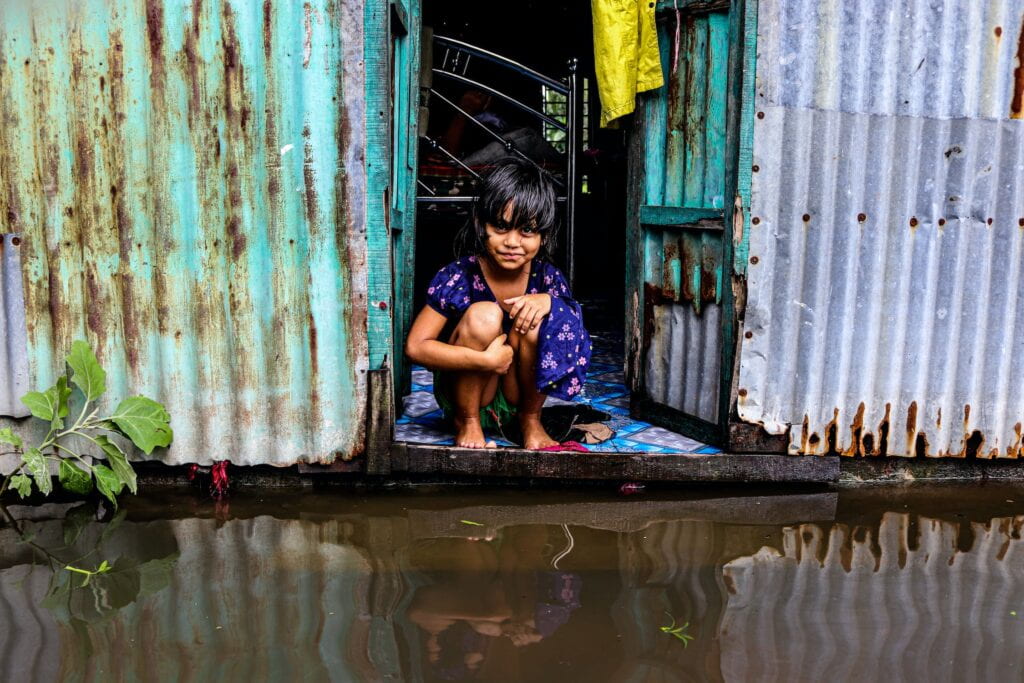
Mumbai is the capital of the state of Maharashtra, India and it is the second-most populous city after Delhi. However, it is plagued by yearly Monsoons that result in heavy flooding from June to September. During the season, more than 2250 mm of total rainfall is accumulated on average, which can cause drownings, loss of ecosystems, infrastructure damage, and economic losses. There is a serious need for a disaster plan for the city.
In this emergency response plan, Arghya Iyengar, Nancy Daneau, and Justice Quaye call on coordination efforts between India’s National Disaster Management Authority, Maharashtra’s State Disaster Management Authority, and other stakeholders such as transport and rail networks and the Central Water Commission.
During monsoons, individuals and their livelihoods can be devastated, so the students call on comprehensive protection of food reserves, drinking water, and livestock. The human health response plan aims to provide relief camps, medicines and vaccines, cooking sets, tarpaulins, sanitation facilities, and mobile teams to households that are affected. The aftereffects of the monsoon are headed by the Regional Disaster Response Team with emphasis on local individualized management.
To match the resources to the needs; such as shelter, energy, financial assistance, and so on, governmental and non-governmental agencies will need to collaborate to maximize logistical capacity. The students concluded their plan with a monitoring and evaluation assessment through an orderly de-escalation of emergency services strategy, rather than an abrupt termination, utilizing available data to improve future response efforts.
Read their disaster plan here
